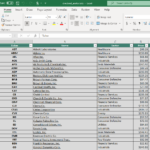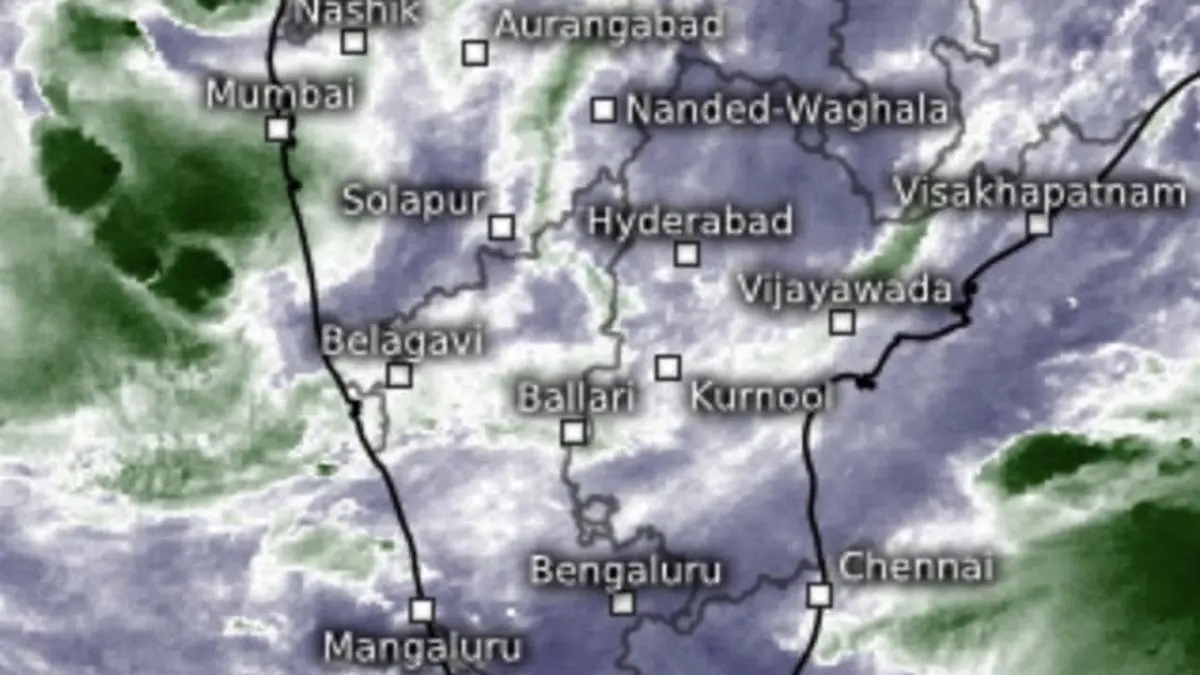© Reuters. An Alaska Airlines aircraft is pictured landing at the Benito Juarez Airport in Mexico City, Mexico December 7, 2017. REUTERS/Carlos Jasso/File Photo
By David Shepardson and Valerie Insinna
(Reuters) -Alaska Airlines will temporarily ground its fleet of 65 Boeing (NYSE:) 737 MAX 9 aircraft after a cabin panel blowout forced a jetliner loaded with passengers to make an emergency landing on Friday, CEO Ben Minicucci said.
Minicucci said in a statement that the aircraft will be returned to service only after maintenance and safety inspections, which he expected to be completed in the “next few days”. He described the move as a precautionary step.
Alaska Airlines Flight 1282, which had been bound for Ontario, California, suffered the incident soon after departing at 5:06 p.m. Pacific Time and landed safely back at Portland, Oregon, at 5:26 p.m. with 171 passengers and six crew, according to the airline and Flightradar24 data.
Exterior photos of the aircraft appeared to show that a panel that can be used for a rear mid-cabin exit door had separated from the aircraft, Flightradar24 and safety analysts said. Social media posts showed a window and portion of a side wall missing on the airplane, and oxygen masks deployed.
“While this type of occurrence is rare, our flight crew was trained and prepared to safely manage the situation,” Alaska said.
The National Transportation Safety Board said it was investigating the depressurization incident. The Federal Aviation Administration also said the crew had reported a pressurization issue, and that it would investigate.
The new MAX 9 was delivered to Alaska Airlines in late October and certified in early November, according to FAA data.
Boeing said in a statement it was looking into the emergency landing.
“We are aware of the incident involving Alaska Airlines Flight 1282,” the company said. “We are working to gather more information and are in contact with our airline customer. A Boeing technical team stands ready to support the investigation.”
The MAX 9 features a rear cabin door behind the wings that can be activated in dense seating configurations to meet evacuation requirements, Flightradar24 said.
However, those doors are permanently “plugged”, or deactivated, on Alaska Airlines jets.
The optional door is inherited from an earlier model, the 737-900ER. Several operators of that model that do not need the extra seats opted for the door space to be plugged before delivery, reducing weight and making the cabin more flexible.
Boeing and Alaska Airlines did not immediately respond to a request for comment about the door.
IMPORTANCE OF SEATBELTS
The aircraft reached a maximum altitude of 16,325 feet during the flight, data show.
“Whenever you have a rapid decompression such as this, it’s a major safety event,” said Anthony Brickhouse, an air safety expert at Embry-Riddle Aeronautical University.
“I can’t imagine what these passengers experienced. It would have been loud. The wind would be rushing through that cabin. It was a probably pretty violent situation, and definitely a scary situation.”
The incident shows the importance of passengers keeping their seatbelts buckled while seated in an airplane, even if the fasten seatbelt light is off, Brickhouse said, noting that the oxygen mask system appeared to have functioned properly.
“This is a very, very serious situation and it could have been a lot worse,” he said. “If someone had been sitting in that seat, and they weren’t buckled in, it would have been a different situation.”
Last week, Boeing said it was urging airlines to inspect all 737 MAX airplanes for a possible loose bolt in the rudder control system.
The FAA said it was closely monitoring Boeing 737 MAX inspections and would consider additional action if more loose or missing hardware was found.
The 737 MAX was grounded for 20 months worldwide after two fatal crashes in 2018 and 2019 linked to poorly designed cockpit software killed 346 people in Ethiopia and Indonesia. Boeing is awaiting certification of its smaller 737 MAX 7 and larger MAX 10.
The FAA has carefully scrutinized the MAX for years, saying in 2021 it was tracking all 737 MAX airplanes using satellite data.
















